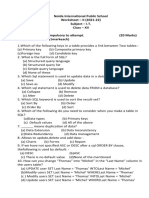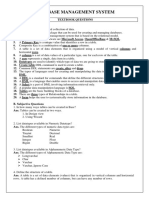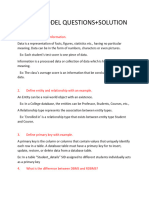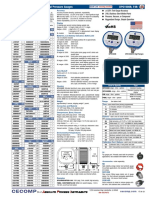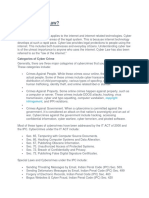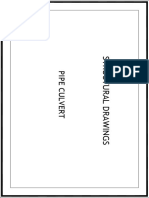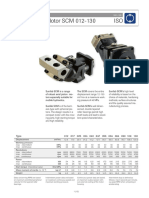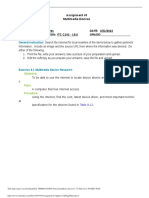0% found this document useful (0 votes)
21 views6 pagesClass X - IT - DATABASE
The document is an assignment for Class X IT students at St. Xavier's School, Muzaffarpur, focusing on databases. It includes multiple choice questions, fill-in-the-blanks, short and long answer questions, assertion-based questions, case-based questions, and application-based questions related to database management systems and SQL. The content covers fundamental concepts such as DBMS, SQL commands, database relationships, and practical SQL query writing.
Uploaded by
nk6055170Copyright
© © All Rights Reserved
We take content rights seriously. If you suspect this is your content, claim it here.
Available Formats
Download as PDF, TXT or read online on Scribd
0% found this document useful (0 votes)
21 views6 pagesClass X - IT - DATABASE
The document is an assignment for Class X IT students at St. Xavier's School, Muzaffarpur, focusing on databases. It includes multiple choice questions, fill-in-the-blanks, short and long answer questions, assertion-based questions, case-based questions, and application-based questions related to database management systems and SQL. The content covers fundamental concepts such as DBMS, SQL commands, database relationships, and practical SQL query writing.
Uploaded by
nk6055170Copyright
© © All Rights Reserved
We take content rights seriously. If you suspect this is your content, claim it here.
Available Formats
Download as PDF, TXT or read online on Scribd
/ 6

























